Humans news stories

Chia seeds sprouted in trays have experimentally confirmed a mathematical model proposed by computer scientist and polymath Alan Turing decades ago. The model describes how patterns might emerge in desert vegetation, leopard spots and zebra stripes.
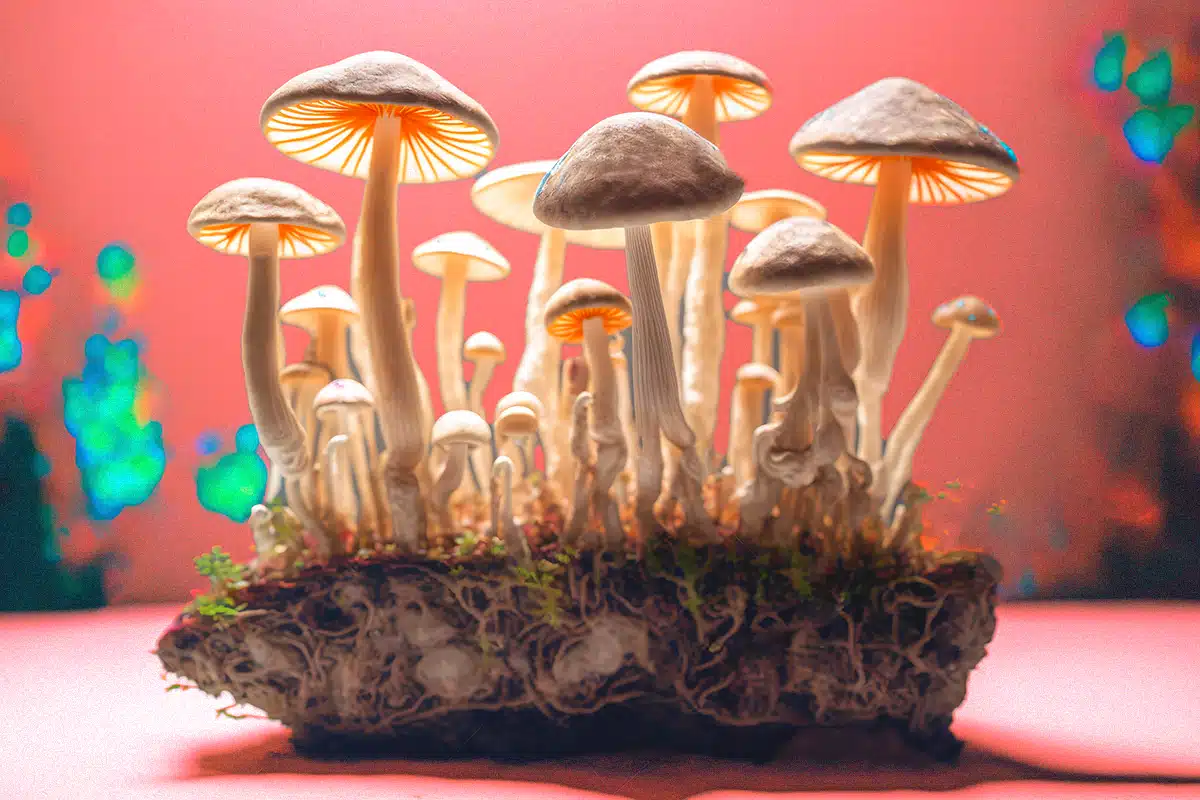
It’s easy to see why most folks think of mushrooms as some type of weird plant, popping out from under the soil when it rains and found in the vegetable aisle of the grocery store…
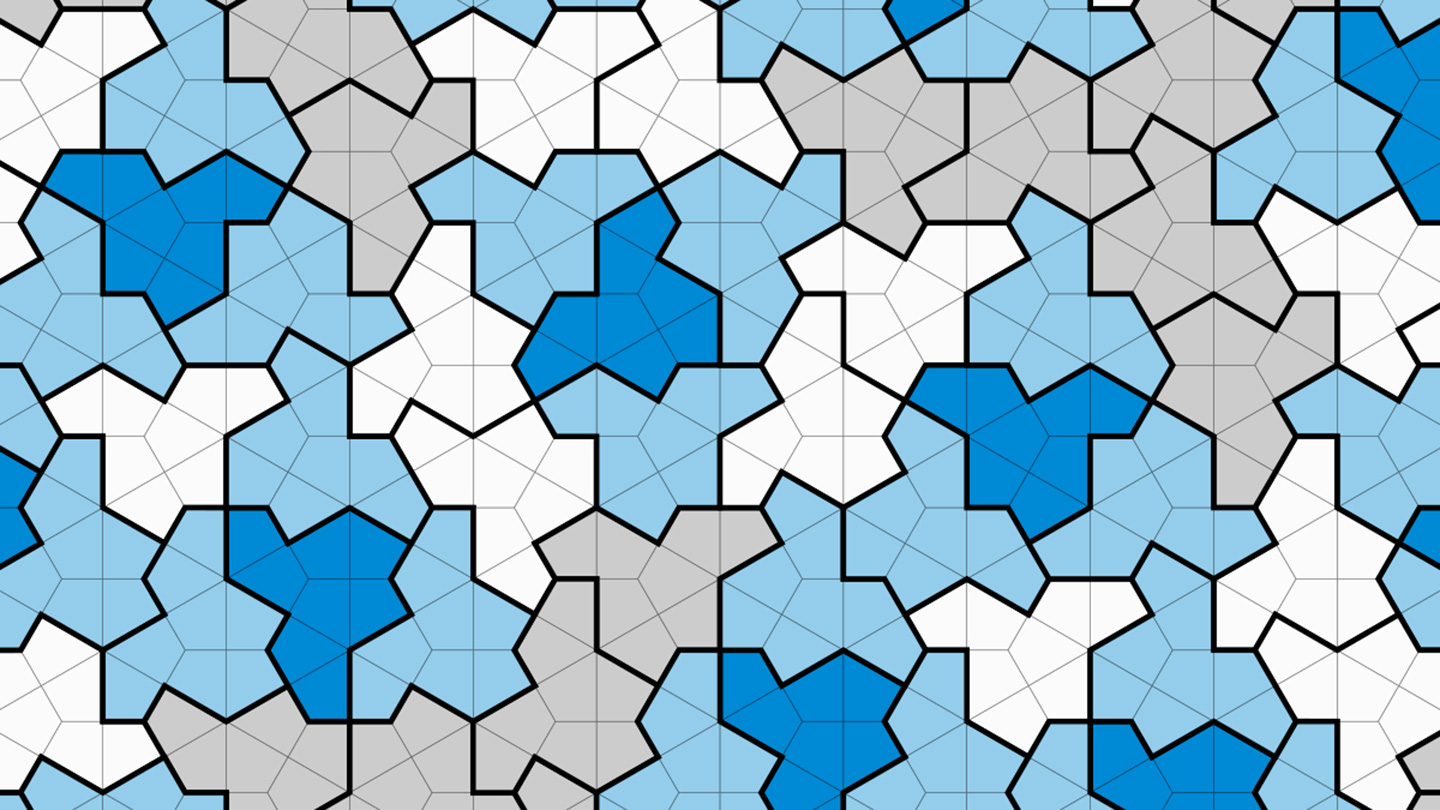
A 13-sided shape known as “the hat” has mathematicians tipping their caps. It’s the first true example of an “einstein,” a single shape that forms a special tiling of a plane: Like bathroom floor tile, it can cover an entire surface with no gaps or overlaps but only with a pattern that never repeats.

Over the years, several theories have been put forward about Stonehenge’s meaning and function. Today, however, archaeologists have a rather clear picture of this monument as a “place for the ancestors,” located within a complex ancient landscape which included several other elements. See the study here.

Scientists at Dartmouth College in the US have studied how octopuses experience reality in a specialist lab…They question the appropriateness of this for a species that has a sophisticated capacity for processing information, rudimentary tool use, complex visual pathways and, not least, the capacity for pain.
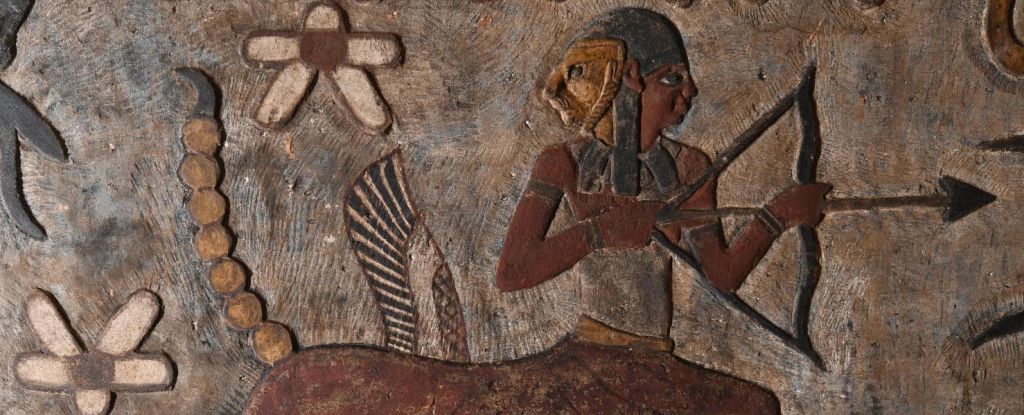
A spectacular series of relief paintings on the ceiling of an ancient Egyptian temple depict 12 signs of the zodiac, and you might be surprised to recognize some of them.
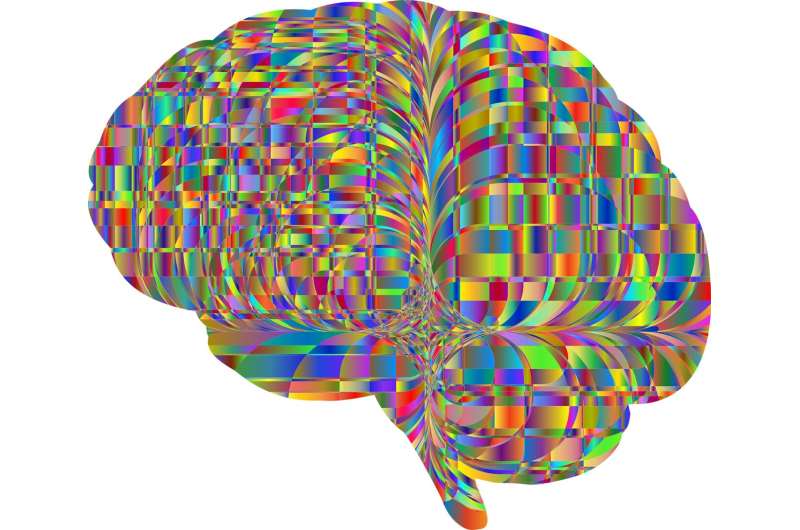
In a study at Imperial College London, detailed brain imaging data from 20 healthy volunteers revealed how the potent psychedelic compound DMT (dimethyltryptamine) alters brain function.

Our planet hides its scars well. It’s a shame, actually, as evidence of previous asteroid strikes might help us better plan for the next catastrophic impact. In fact, NASA’s Goddard Space Flight Center chief scientist, James Garvin, thinks we might have been misreading traces of some of the more serious asteroid strikes that have occurred within the past million years

Researchers have recently conducted a study exploring the potential of a non-hallucinogenic version of LSD for treating mood disorders. Their findings, published in Cell Reports, suggest that non-hallucinogenic LSD could have positive effects of mood, while also reducing the need for medical supervision while taking the drug.
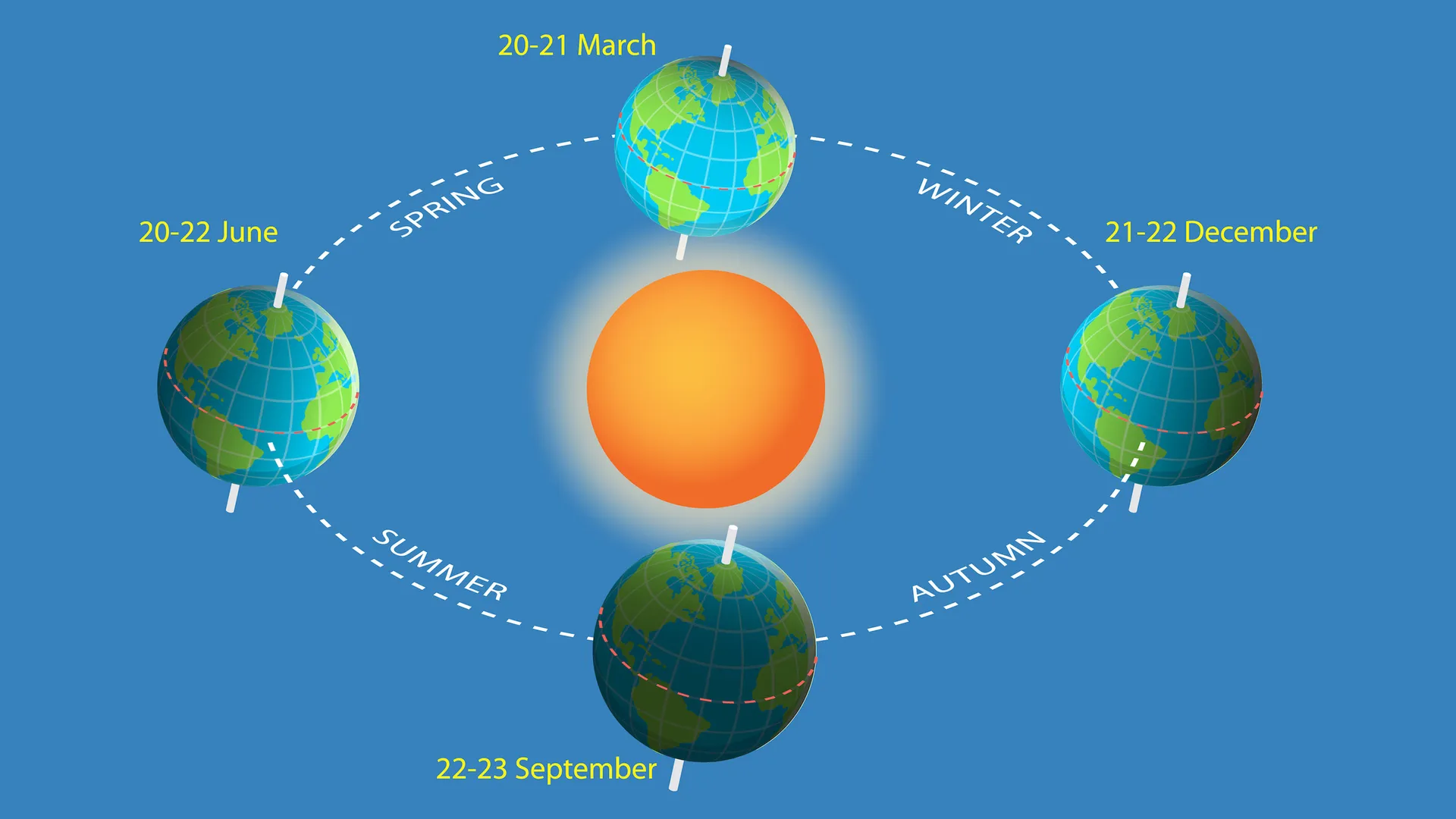
Equinoxes occur twice a year, with daylight and darkness being about the same length in both the Southern and Northern Hemispheres. This phenomenon’s name comes from the Latin words “aequus” (equal) and “nox” (night). In 2023, the spring equinox occurs at 5:24 p.m. EDT (21:24 UTC) on March 20. The autumn, or fall, equinox will happen at 2:50 a.m. EDT on Sept. 23, 2023.
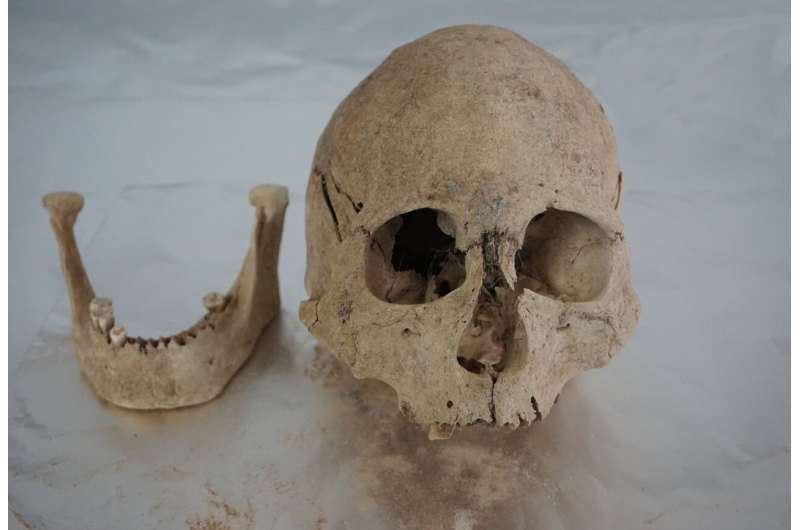
Our understanding of their origins and history on the plateau is patchy. DNA sampling from ancient humans has been limited to a thin slice of the southwestern plateau in the Himalayas. Now a study has filled this gap by sequencing the genomes of 89 ancient humans dating back to 5100 BP.
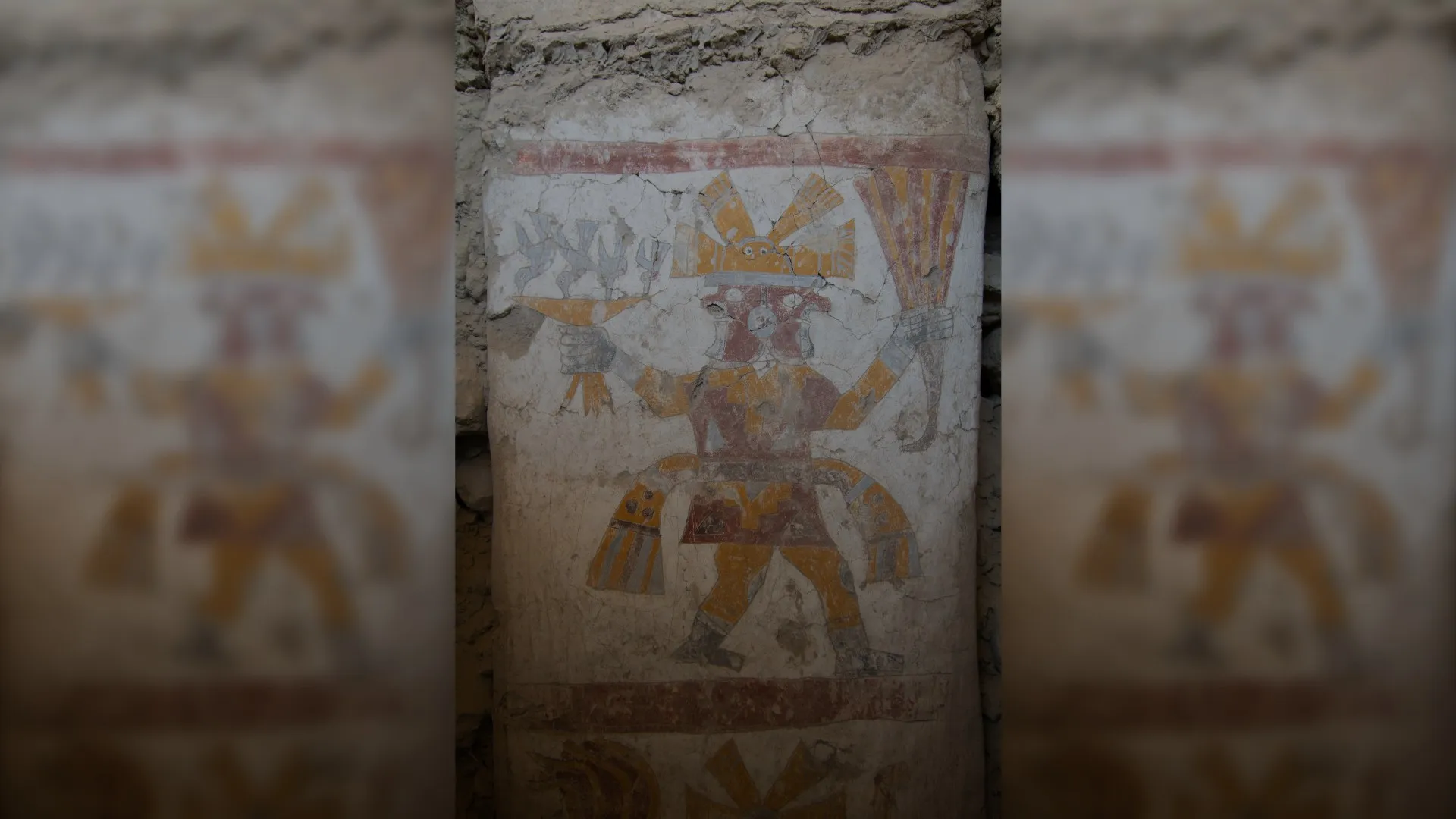
Two murals of two-faced men holding unusual treasures — including a goblet that hummingbirds are drinking from, a detail that may allude to sacrifice and “cosmic realms” — were recently discovered at the 1,400-year-old archaeological site of Pañamarca in coastal Peru.
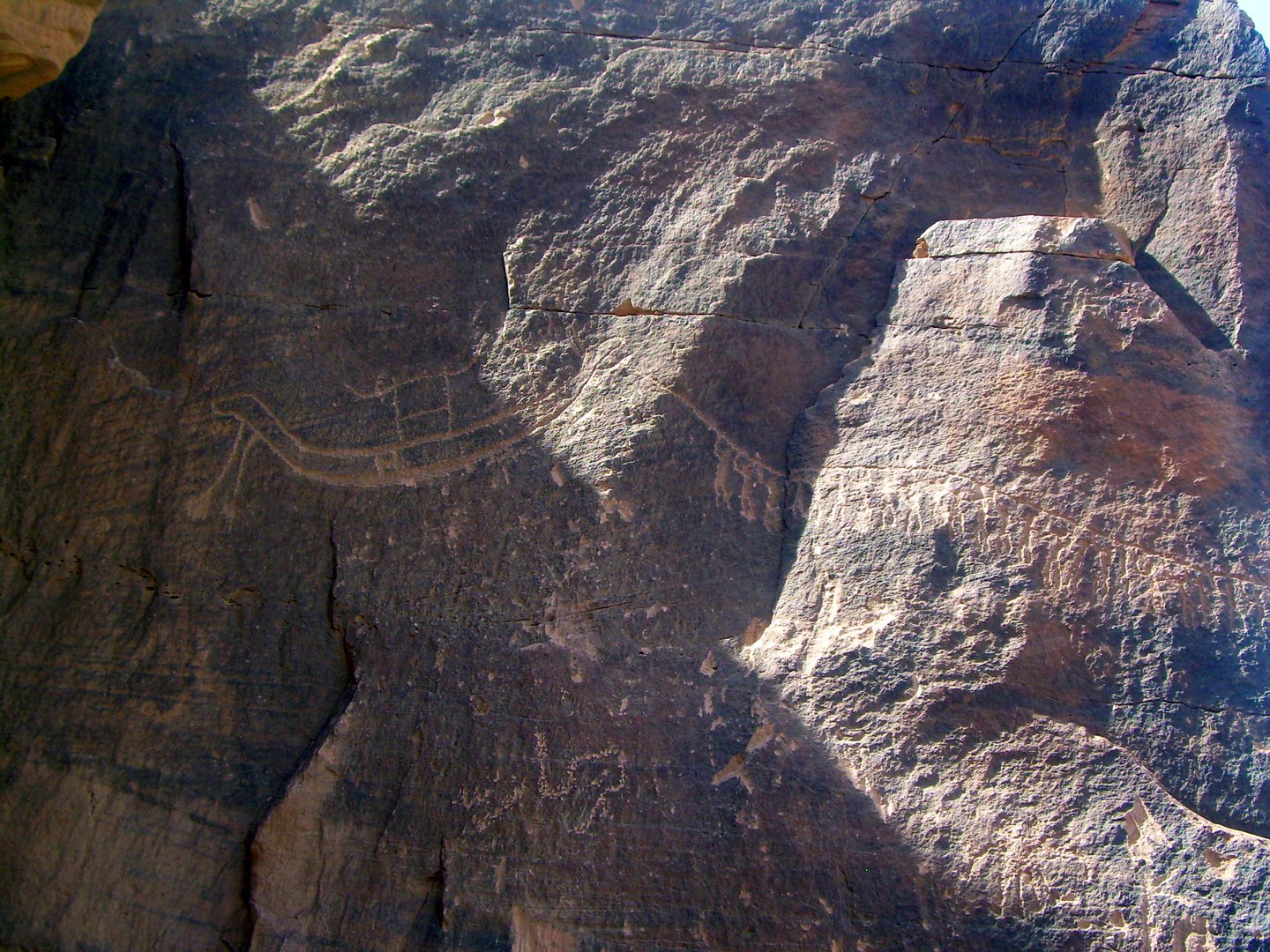
The desert in southern Egypt is filled with hundreds of petroglyphs and inscriptions dating from the Neolithic to the Arab period. The oldest date is from the fifth millennium B.C. and few have been studied.
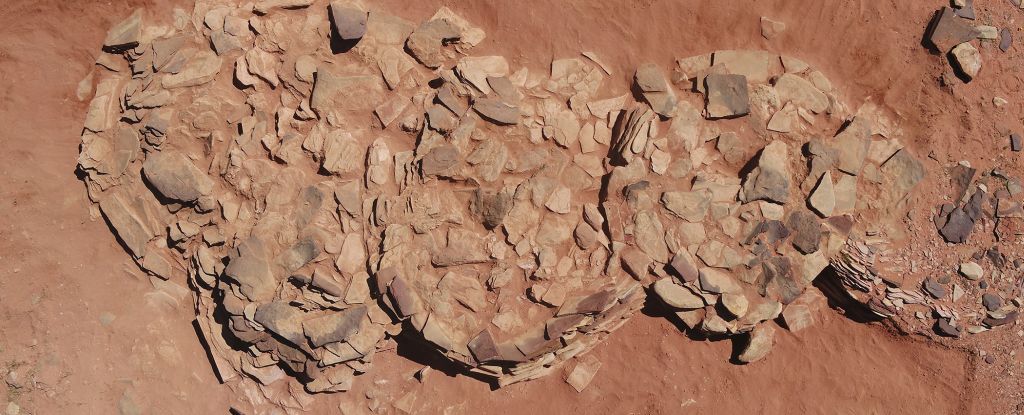
According to an in-depth new analysis, the mysterious, rectangular enclosures were used by Neolithic people for unknown rituals, depositing animal offerings, perhaps as votives to an unknown deity or deities.

“We live in a society where religion and spirituality are taboo and something we rarely talk about with each other. What we believe in, why we are here, what happens when we die. And we might be led to believe that it’s not important, or something we shouldn’t concern ourselves with in the healthcare system. But our study convincingly shows that these topics are important…”
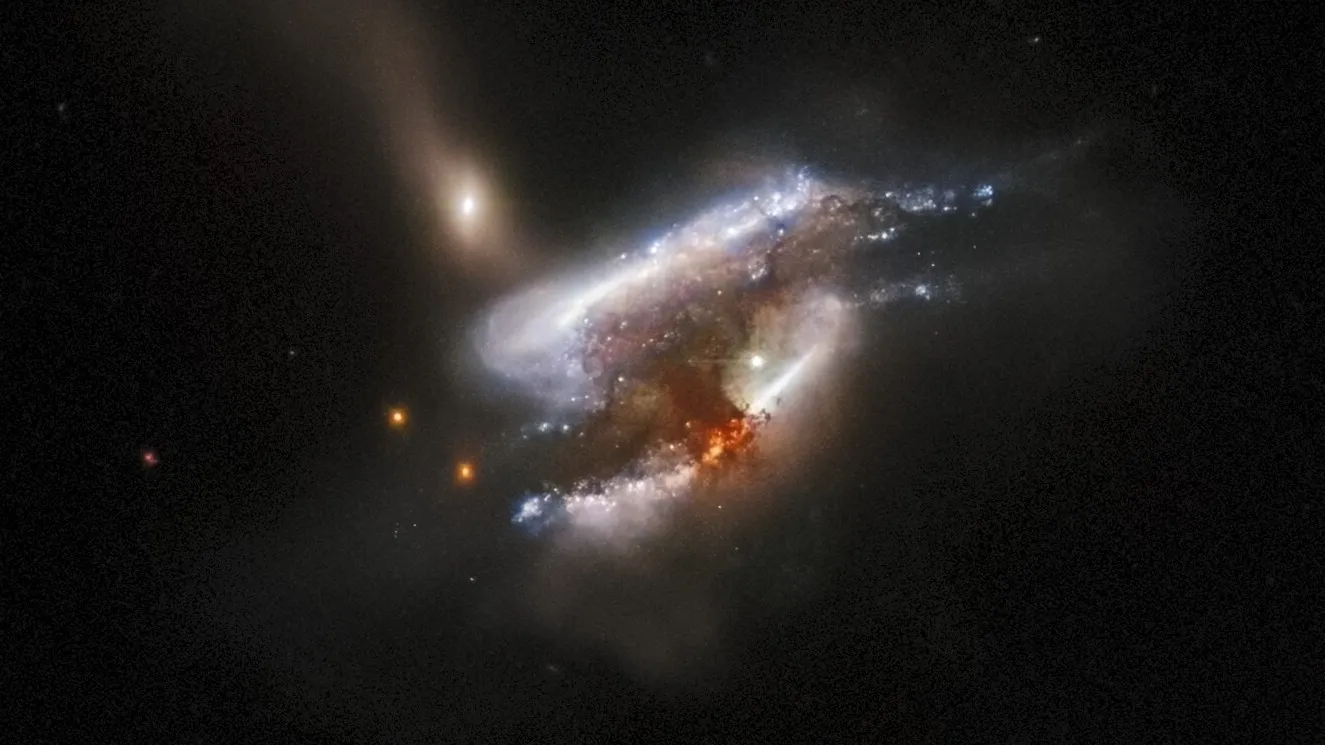
Glimpsed only occasionally at the hearts of massive clusters of galaxies, ultramassive black holes are some of the largest and most elusive objects in the universe…Now, researchers studying a rare galaxy merger with three supermassive black holes at its center may have finally discovered the origins of these cosmic monsters.








